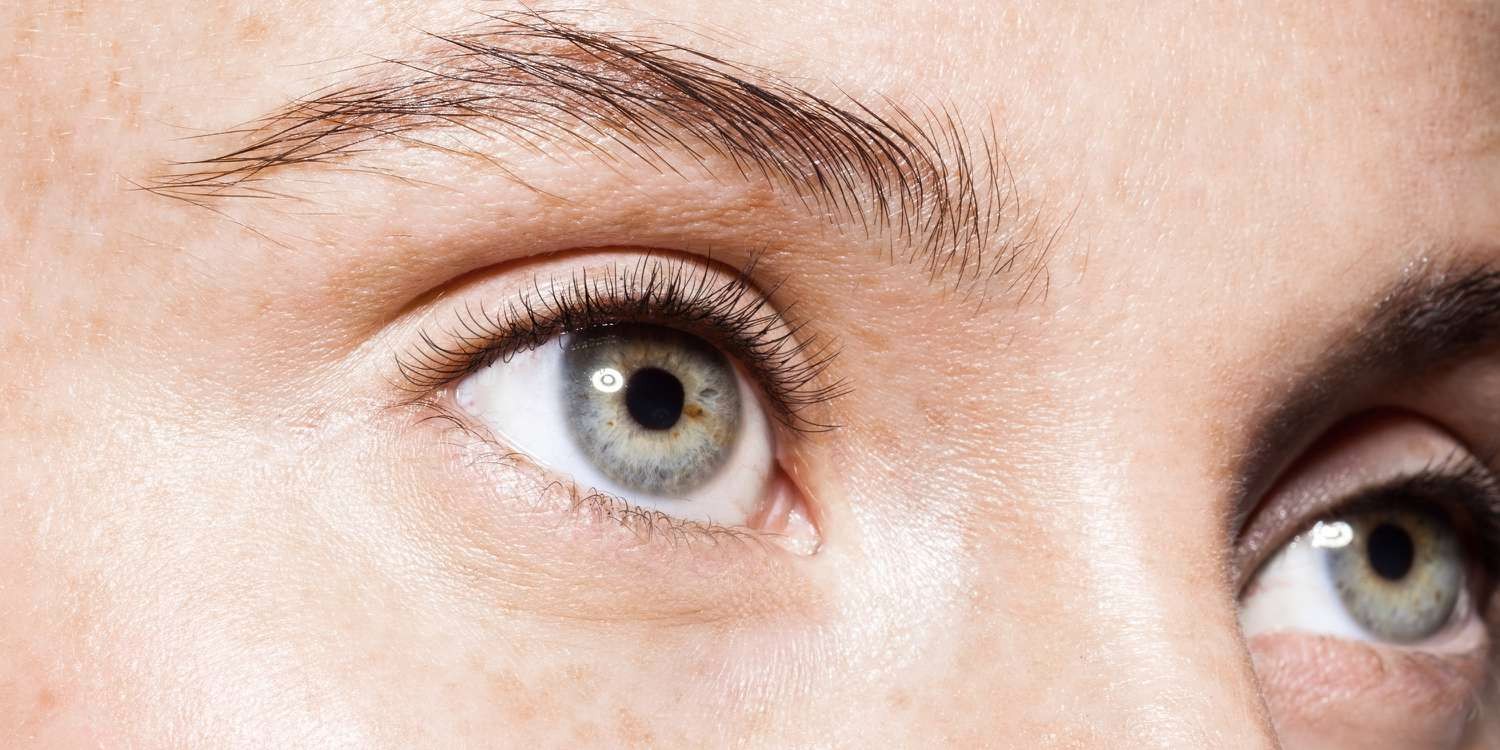Are you tired of dealing with those stubborn dark eye circles that make you look tired and worn out? You’re not alone! Dark eye circles, scientifically referred to as periorbital hyperpigmentation, can affect people of all ages and skin types. The good news is that there are various non-invasive treatments available to help you get rid of those pesky dark circles and regain a fresh, rejuvenated appearance. In this article, we’ll dive into the causes of dark eye circles and explore proven solutions for their removal.
Understanding the Factors Behind Dark Eye Circles
To effectively address dark eye circles, it’s crucial to comprehend what leads to their development. Here are some common factors contributing to the appearance of those bothersome shadows beneath your eyes:
Genetics:
Dark eye circles can be hereditary, meaning they can be passed down in your family. If your parents or grandparents struggled with them, there’s a higher likelihood that you will too. Genetics play a role in determining the thickness of your skin and the visibility of blood vessels, making some individuals more susceptible to dark circles.
Thin Skin:
The skin around your eyes is among the thinnest on your body. Consequently, blood vessels beneath the surface become more visible, resulting in dark eye circles. Factors like aging and sun damage can further thin the skin, worsening the issue.
Lack of Sleep:
The age-old culprit – sleep deprivation – can wreak havoc on your skin, especially under your eyes. Inadequate rest can cause blood vessels under the eyes to dilate, making dark circles more pronounced. Aim for a good seven to nine hours of quality sleep each night to keep your skin looking its best.
Allergies:
Seasonal or environmental allergies can lead to congestion and inflammation in the blood vessels around your eyes, contributing to dark circles. To combat this, it’s vital to manage your allergies effectively, whether through medication, making your living space allergy-friendly, or consulting with an allergist.
Unhealthy Lifestyle Choices:
Unhealthy habits like smoking and excessive alcohol consumption can also play a role in the development of dark eye circles. Smoking narrows blood vessels, reducing blood flow and oxygen supply to the skin. Alcohol, on the other hand, can lead to dehydration, making dark circles more prominent. Quitting smoking and moderating alcohol intake can significantly improve your overall skin health.
Sun Exposure:
Excessive exposure to the sun can result in skin damage and increased melanin production, making dark eye circles more noticeable. Protect your skin by wearing sunscreen and sunglasses when outdoors, even on cloudy days.
Effective Non-Invasive Treatments for Dark Eye Circles
Now that we’ve uncovered the causes, let’s explore some proven non-invasive treatments that can help you eliminate those persistent dark eye circles and restore a fresh, youthful appearance.
Topical Creams:
Dark eye circles removal can begin with over-the-counter or prescription topical creams. Look for products containing ingredients like retinol, hyaluronic acid, and vitamin C, which can help reduce pigmentation and improve skin texture. Be patient, as it may take several weeks to see noticeable results.
Chemical Peels:
Chemical peels involve applying a chemical solution to the skin, which exfoliates the top layer and stimulates collagen production. This can help reduce the appearance of dark eye circles and enhance skin texture. Consult a dermatologist to determine the best type and strength of chemical peel for your skin.
Dermal Fillers:
Dermal fillers, such as those based on hyaluronic acid, can be injected under the eyes to add volume and reduce the appearance of hollowing and dark circles. This non-invasive procedure offers immediate results with minimal downtime, making it a popular choice for those seeking dark eye circles removal.
Microneedling:
Microneedling is a minimally invasive procedure that employs tiny needles to create micro-injuries in the skin. This stimulates collagen production and can help improve skin texture and reduce the appearance of dark eye circles. Multiple sessions may be necessary for optimal results.
Laser Therapy:
Laser therapy is an effective treatment for dark eye circles removal, targeting melanin and promoting collagen production. Fractional laser treatments can safely and precisely address pigmentation and skin texture concerns associated with dark circles. Consult a dermatologist or a licensed practitioner to determine the best laser treatment option for your specific needs.
Platelet-Rich Plasma (PRP) Therapy:
PRP therapy involves drawing a small amount of your blood, processing it to isolate the platelet-rich plasma, and then injecting it into the under-eye area. This treatment stimulates collagen production and can improve skin texture while reducing dark eye circles.
In Conclusion
Don’t let dark eye circles dampen your youthful and refreshed appearance. Understanding the causes of dark eye circles is the first step in effectively dealing with them. Whether your dark circles are due to genetics, lifestyle factors, or a combination of reasons, non-invasive treatments can help you achieve the dark eye circles removal you desire.
Seek advice from a qualified dermatologist or skincare specialist to determine the most suitable treatment option for your unique needs and preferences. With a commitment to a healthy lifestyle and the right non-invasive treatments, you can bid farewell to dark eye circles and present a more radiant version of yourself to the world. Say goodbye to those persistent shadows and embrace a revitalized you!




